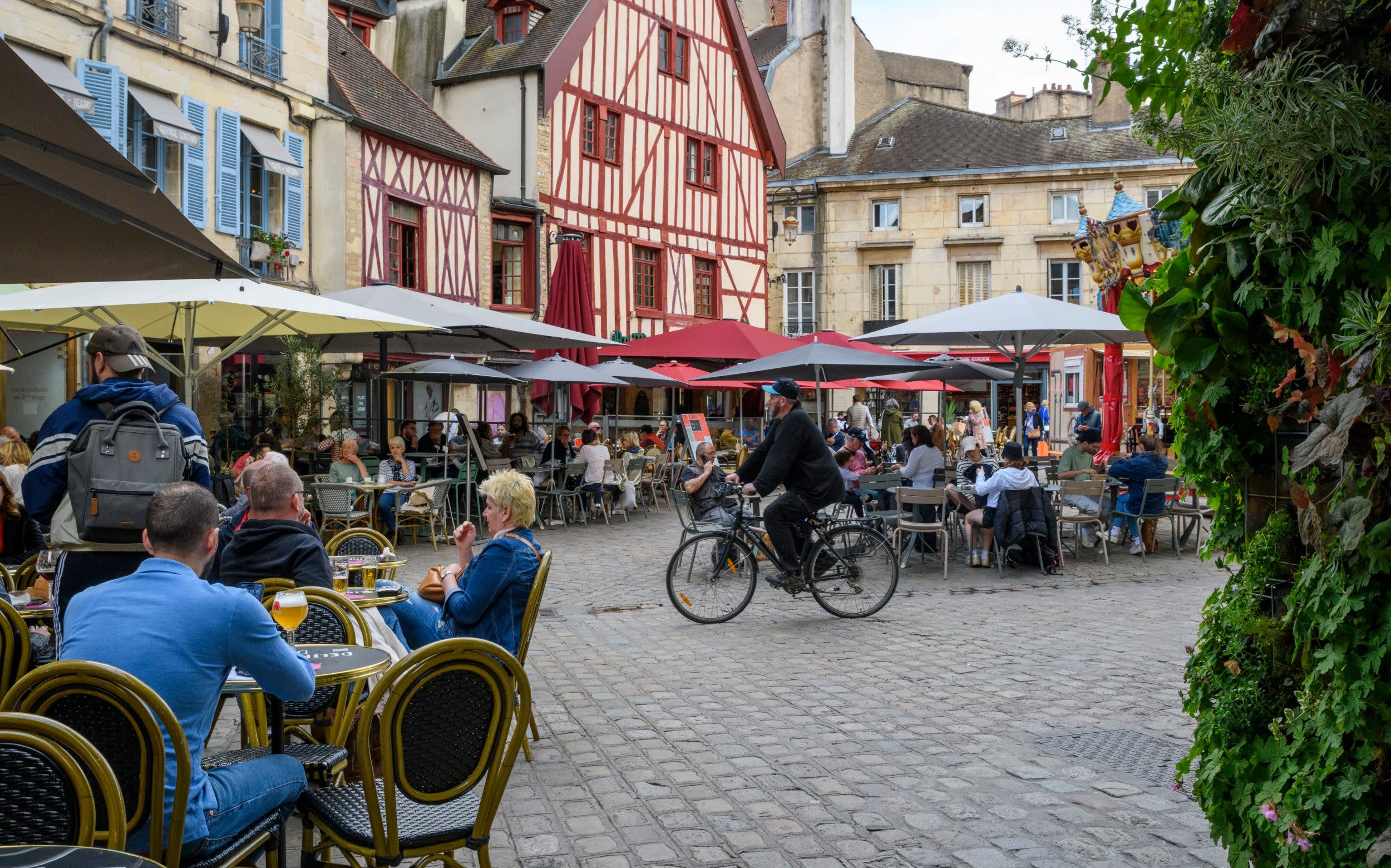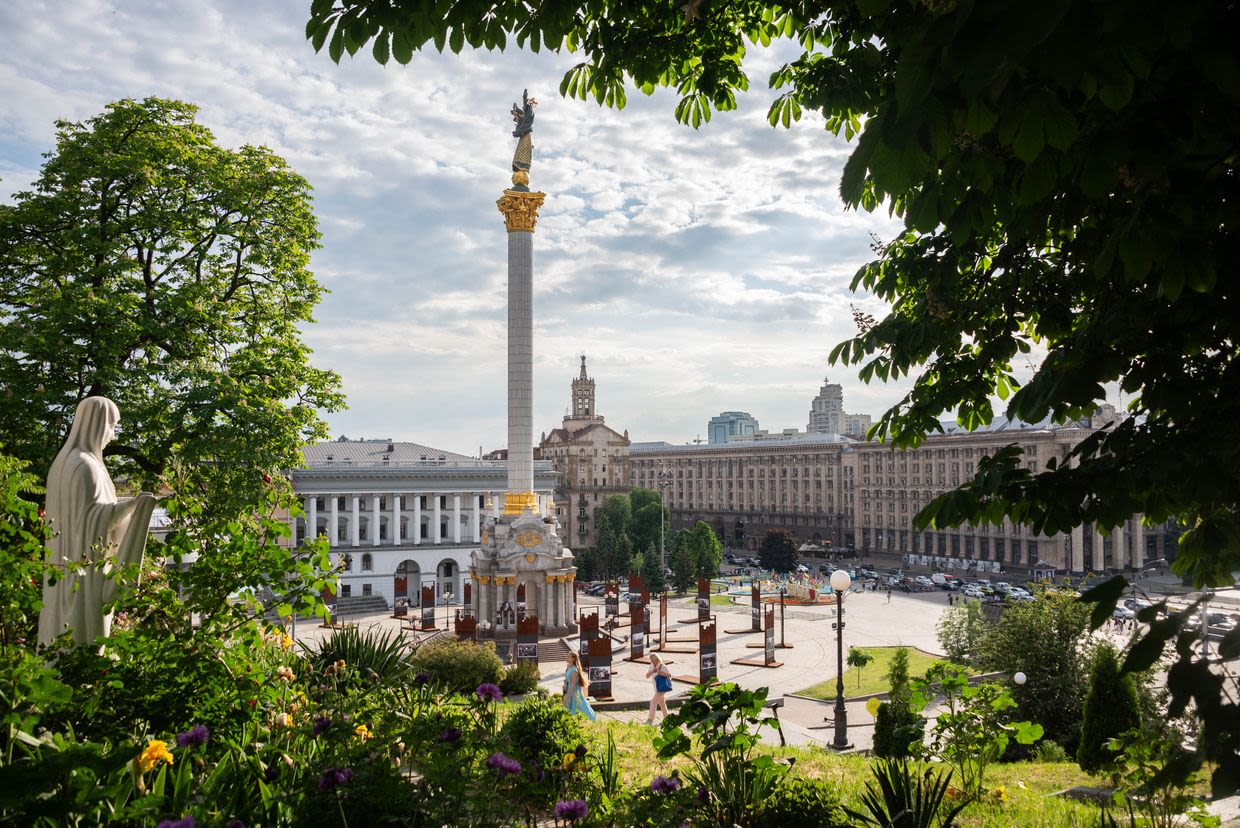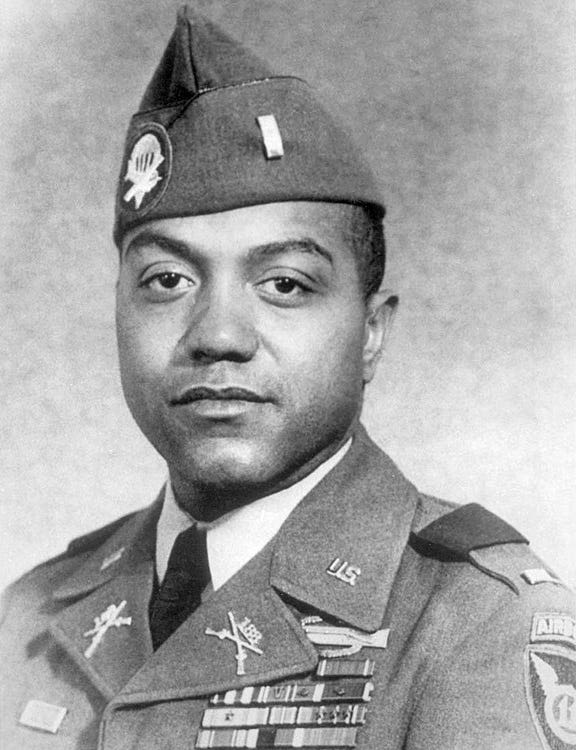Search results
Sword and hilt weapons. Swords can have single or double bladed edges or even edgeless. The blade can be curved or straight. Arming sword; Dagger; Estoc; Falchion; Katana; Knife; Longsword; Messer; Rapier; Sabre or Saber (Most sabers belong to the renaissance period, but some sabers can be found in the late medieval period) Shortsword; Ulfberht ...
- What Weapons Did European Knights Really use?
- What Was A Knight’s Main Weapon?
- The Knightly Sword: A Single-Handed Cruciform Sword
- Other Melee Weapons For European Knights
- What Was The Deadliest Medieval Weapon Held by A Knight?
- What Were The Siege Weapons Used During The Middle Ages?
- What Was The Deadliest Medieval Siege Weapon?
- How Was Medieval China’s Weaponry Different from European?
- What Medieval Weapons Are Used by The Military Today?
European knights of the Middle ages used a wide range of medieval weapons. Swords, war hammers, and pikes were common. While maces and clubs were more likely to be used by commoners, some knights would use a flanged mace. Outside of warfare, knights might also be seen with a lance or spear, but these were used for entertainment or ceremony. While k...
The most popular weapon of a knight in warfare was either the “knightly sword” or mace. The decision to use either often came down to the armor the opposing force wore, as metal armor effectively protected against bladed weapons. While maces were as effective against leather and mail, the sword was far more likely to finish a soldier in a single sw...
The knightly sword, or “arming sword,” was a one-handed sword of about 30 inches in length. With a double-edged blade and a cross-formed hilt, these swords were made of steel, with a hilt made of wood or bone. Later hilts were part of the blade themselves. The knightly sword evolved from Viking swords during the 11th century and was commonly used w...
European knights and soldiers would not only rely on their swords. Most walked into warfare with more than one weapon, and against armies with different armor, they would even consider changing weapons to make them more effective.
By far, the deadliest weapon was the flanged mace. It could both crush metal armor and cut through leather and flesh. It is its effectiveness in medieval warfare that lead to it being the weapon of choice for commanders and eventually the ceremonial item it is today.
Solid stone walls were a castle or town’s best protection during the early middle ages. Of course, invading armies soon found ways to deal with this defense in a way that caused considerable damage while protecting their own troops. Ballistic weapons, which included the Ballista, Trebuchet, and Catapult, would through massive projectiles, while the...
The trebuchet was the most dangerous siege weapon for both brutal force and distance. Even small trebuchets had what it took to break down a castle wall, and incendiary missiles were just as effective against large groups of combatants.
The middle ages in Asian history were just as bloodthirsty as it was in Europe. Chinese family-states were at constant war, as their borders constantly changed with Mongolia and southern countries. Millions of men would die in the battle over the centuries, as soldiers were considered lower-class and dispensable. While all men would be skilled in s...
It might be surprising to learn that many of the weapons of the medieval era are still used in modern armed forces. Crossbows are still used today to fire grappling hooks and “less than lethal” anti-riot missiles, while special forces are still using modern bow-and-arrow technology as a silent but powerful weapon. Today, many of the world’s soldier...
News about Lincoln, drugs, methamphetamine
News about Kingmakers, trailer, third-person shooter
Also in the news
- 7 min
- Swords. No weapon is more associated with the Middle Ages than the sword. It was used throughout the medieval world, and as Sue Brunning explains, was more than just a weapon
- Firearms. The weapon that would transform the medieval world into the early modern one was the gun – handguns and arquebuses wielded by individuals, and the larger artillery pieces like cannons that could strike at fortifications.
- Bows. An Old English riddle: Agob’s my name, if you work it out; I’m a fair creature fashioned for battle. When I bend, and shoot a deadly shaft. from my stomach, I desire only to send.
- Spears / Lances. Kelly DeVries and Kay Smith note that “since the earliest times the spear, together with the sword, was the most important and widely used offensive weapon for both the infantry and cavalry.”
People also ask
What were medieval weapons?
What weapons did medieval knights use?
How effective were medieval weapons?
How have medieval weapons influenced modern warfare?
Quarterstaves. A quarterstaff is an English weapon that was used during the medieval period and up to the 18th Century. The term refers to a shaft of hardwood between five and seven feet in length, sometimes with metal tips, ferules or spikes. The origin of the weapon's name is uncertain.
Jul 26, 2023 · Medieval weapons varied in effectiveness depending on factors such as skill of the wielder, quality of the weapon, and tactics employed. Some weapons like longbows and crossbows had significant range and piercing power, while others like swords and axes were more effective at close quarters combat.
In medieval times, warfare was a way of life – so, the development of weapons played a crucial role in shaping the outcomes of battles and sieges. These were diverse, reflecting the ingenuity and craftsmanship of the time. In this section, you will find the most notable medieval weapons and the mark they left on history.




